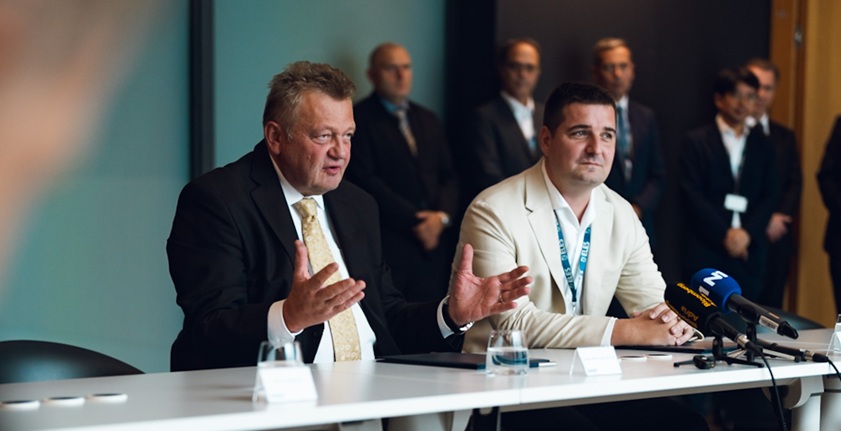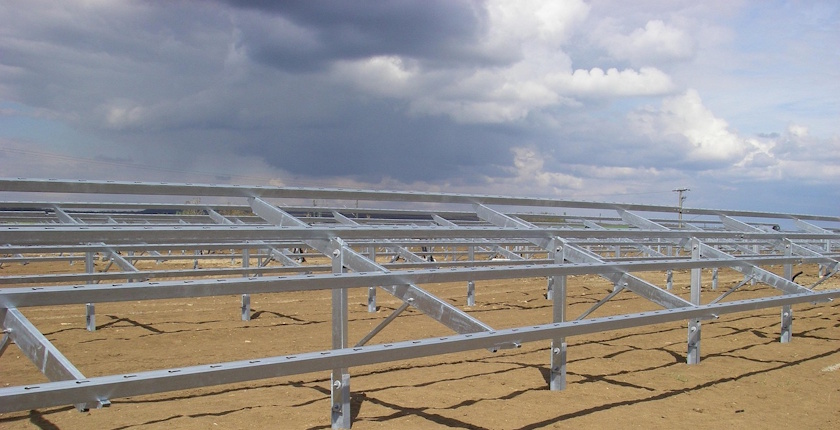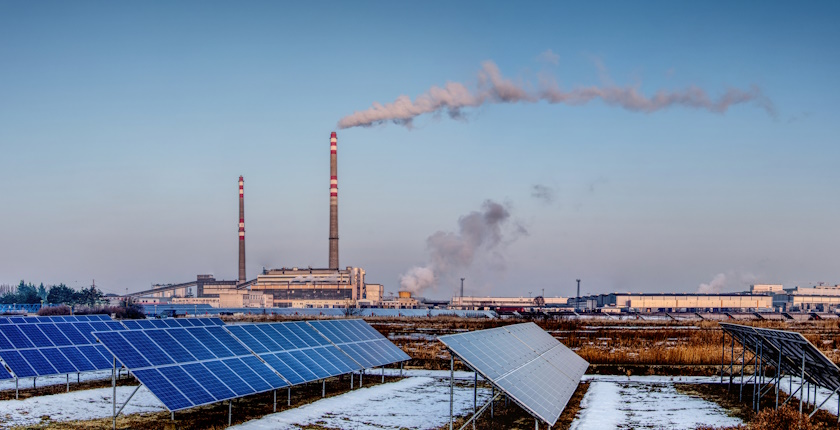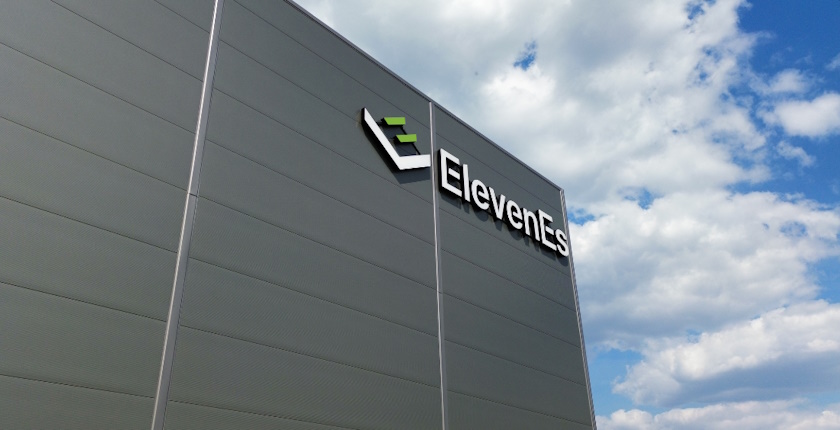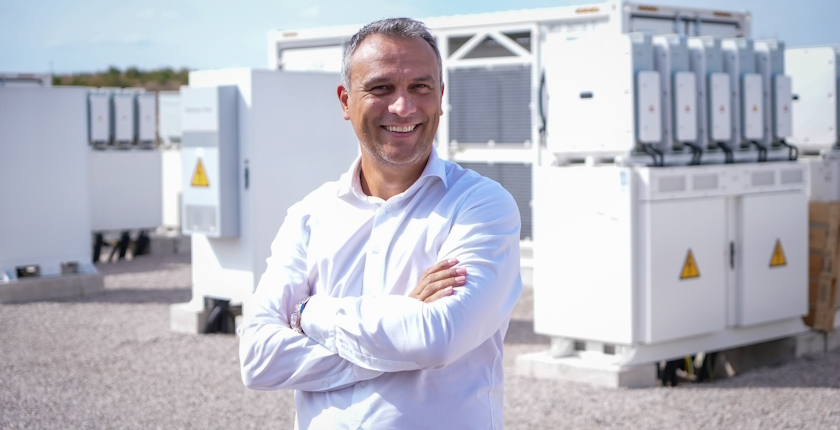
One year in: insights from REIB’s inaugural BESS investments and increasing importance of safety standards
When discussing Europe’s green transition, battery energy storage systems (BESS) are often talked about as “the next big thing,” as the technologies have the potential to transform the grid, stabilise renewable energy sources, and enable new business models. However, while it’s easy to talk about storage, operating it with real assets, real risks, and real returns on the line is where theory meets reality. That is why hitting the one-year mark with two operational co-located BESS projects is more than just a date on the calendar for Renewable Energy Insurance Broker (REIB). It is a chance to look back at what worked, what caught them by surprise, and what they would tell anyone about to start their own storage journey.
In September 2024, REIB launched its own operational projects — a 4 MW / 8 MWh system and a 6 MW / 12 MWh system, developed together with Sunotec. They have now been in uninterrupted operation for twelve months, making them among the first large-scale storage sites in the region.
Eager to hear the first insights from REIB on two BESS facilities, we sat down with Delyan Iliev, Managing Director of REIB, to discuss the lessons learned from commissioning and operating these projects, and how their experience relates to broader market trends.
Delyan, achieving one year of uninterrupted operation is a significant milestone. What has stood out to you the most during this time?
One of the first things that became clear is the critical importance of certifications and compliance requirements from banks and insurers. They not only want to ensure that a project is technically sound but also require proof that it meets internationally recognised safety standards. In many cases, these certificates are prerequisites for financing. Without them, your project simply cannot move forward.
So, is early planning crucial?
Exactly. A preliminary consultation is not a formality; it is essential. When insurance professionals are involved from the beginning, we can identify and address technical or contractual issues before they escalate into costly problems. The same goes for having solid protection in the early stages of a project — too many investors believe that insurance is something you can add later. In reality, early-phase cover can mean the difference between a minor setback and a project-crippling loss.
And where does Business Interruption coverage fit into this?
That comes in a later stage, but it is equally important. Business Interruption insurance is not just about replacing lost revenue; it’s about making sure the cover matches your specific revenue model and contractual obligations. If those two are not aligned, you may face serious gaps in protection when you need it most.
REIB also works closely with clients during negotiations. How does this benefit them?
When “Insurance Requirements” are included in contracts, we are there with our clients in the negotiation room. We help to shape those clauses so that they are realistic and achievable. You don’t want to sign a contract only to realise later that you have agreed to provide policies that are impossible to obtain, have excessively high limits, or are prohibitively expensive.
Beyond that, we give our clients additional security by advising them on the most suitable insurance solutions and coverage structures for their specific project. This approach ensures that they meet their contractual obligations in a manner that is efficient, sustainable, and aligned with their risk profile.
Let’s talk about safety standards. How do they fit into this picture?
They’re the backbone of insurability. Because there’s no universal regulation for BESS yet, and rules can differ even within a single country, insurers have taken the lead in enforcing global benchmarks, such as UL, IEC, and NFPA standards. These cover everything from battery chemistry and fire safety spacing to manufacturing quality and site-specific studies. And they are not static; they evolve alongside technology.
For example, lithium ferro phosphate, or LFP, is now preferred over older chemistries like NMC (nickel, manganese, cobalt) because it is more stable, lasts longer, and is less risky. Aligning with these standards from the start not only makes insurance possible but also reassures lenders and streamlines the financing process.
And after a year, how do your projects measure up against these benchmarks?
Very well. Early alignment with international safety standards enabled us to avoid delays in securing insurance and financing. It also gave us leverage in our dealings with contractors and suppliers, because the requirements were clear from the very beginning, and everyone involved in the project knew what had to be delivered. This approach not only reduced uncertainty but also helped us manage risks more effectively during construction and commissioning.
That is your own experience. How does it fit with REIB’s broader role in the European market?
At REIB, we are proud to help unlock the potential of storage projects, and the scale speaks for itself: in 2024, Europe installed a total of 21.9 GWh of BESS, while in just the first six months of 2025, we insured more than 6 GWh — with projects in Bulgaria, Germany, and the UK. This demonstrates both the speed of market growth and the trust our clients place in us to manage their complex insurance requirements.
Finally, if you had to give one piece of advice to investors who are just starting their BESS journey, what would it be?
Don’t wait until your project is fully designed to think about insurance. The right insurance strategy is as important as the right technology. Too many projects lose valuable time and money because risk management is treated as an afterthought. Our experience shows that when insurance expertise is integrated from the earliest stage, financing is smoother, negotiations are easier, and the project stands on much firmer ground.
We already know how to align BI coverage with your revenue model, which certifications are non-negotiable for financing, and how to avoid uninsurable contract clauses. If you’re planning a BESS or hybrid project, talk to us before you break ground. It will save you time, money, and a lot of headaches in the long run.

